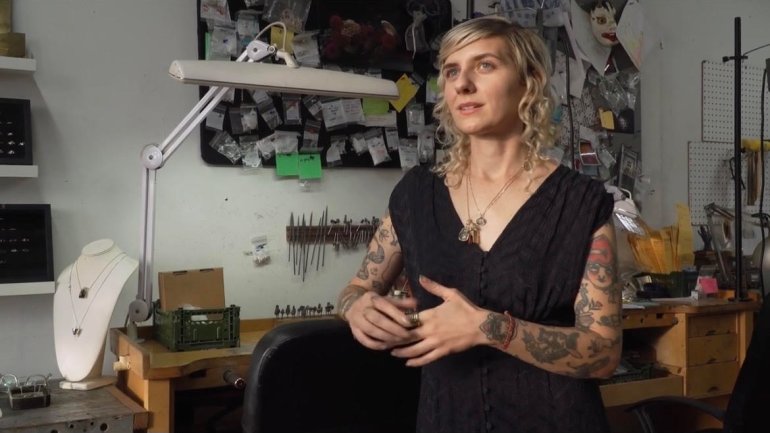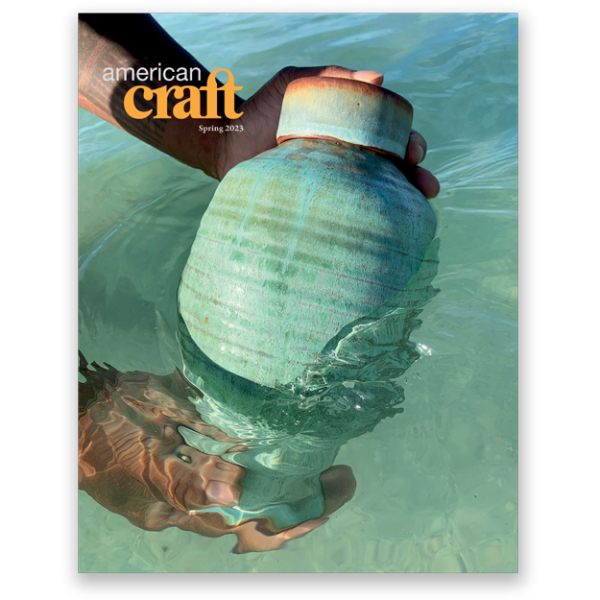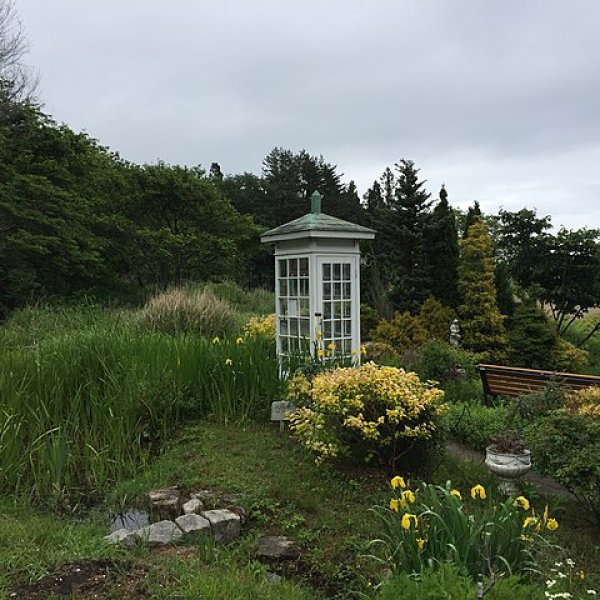The Queue: Margaret Cross
Get to know the people featured in the pages of our magazine as they share what's inspiring them right now.
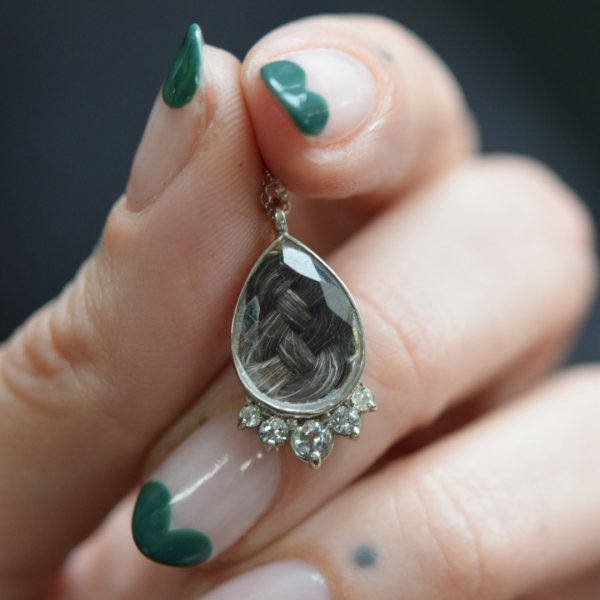
Custom mourning hairwork reliquary, containing client's deceased mother's hair, 2023, 14k white gold, white sapphires, crystal, human hair, .91 x .43 in. Photo by Margaret Cross.
How do you describe your work or practice in 50 words or less?
I make custom mourning pieces using the hair or ashes of our loved ones, as well as memento mori pieces to remind us that this life is fleeting and to live each day to the fullest.
What are your favorite / go-to tools in your studio?
For almost all of my 20s, I worked for the artist Swoon as a printmaker. I also did large-scale paper cuts. An OLFA blade became an extension of my hand, and I still use one daily in my studio for all kinds of things. There’s always an OLFA in my back pocket. I use it for carving wax, which is then cast in gold. I’m currently using it to cut photos into little hearts for my new lockets.
If you could have work from any contemporary craft artists for your home or studio, whose would it be and why?
I don’t have a space for this, but if I’m completely dreaming I would love to create a memorial garden like Carlo Scarpa’s Tomba Brion, which he described as “a place for the living to shelter the dead.” I’d love a serene backyard connected to my workspace where I could be literally surrounded by my loved ones. I would ask contemporary stone carver Andrew Carr to create his beautiful hand-chiseled headstones in order to pepper the garden with slate and marble markers bearing my lost loved ones' names.
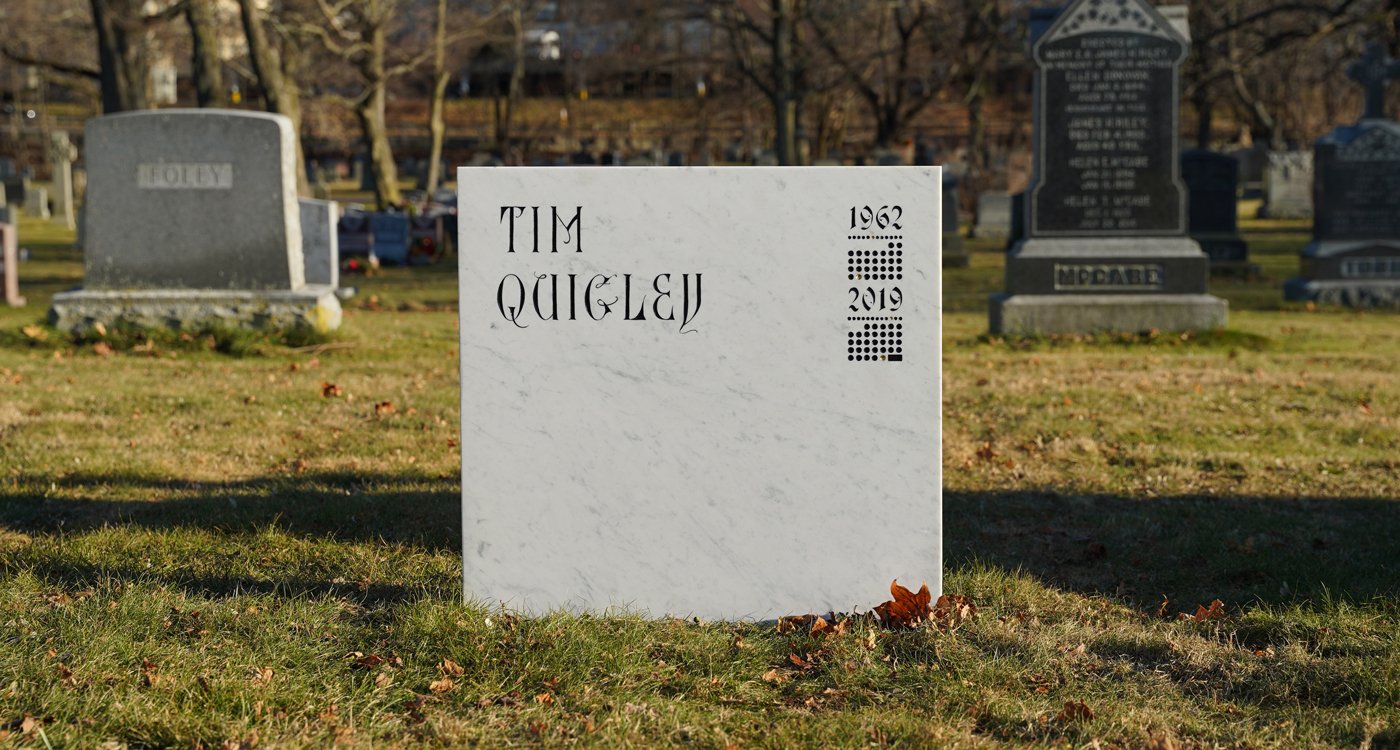
Marble headstone designed and made by Andrew Carr, a Massachusetts-based stone carver. Photo by Andrew Carr.
Your work speaks to the immense healing power of craft. Tell us about a customer story that resonated with you and inspired you.
I couldn't pick just one. Getting to know someone through their greatest losses first is an unusual introduction, but it’s also like a bullet train straight to their core. Every single story resonates with me to some degree. After Jamie, my best friend and former boyfriend, died suddenly in 2008—the worst day of my life—I felt terminally unique in my grief. When customers share their stories, it’s a reminder that I’m not unique and I’m not alone. It inspires me to prioritize my time here with my loved ones and to make sure they know how loved they are.
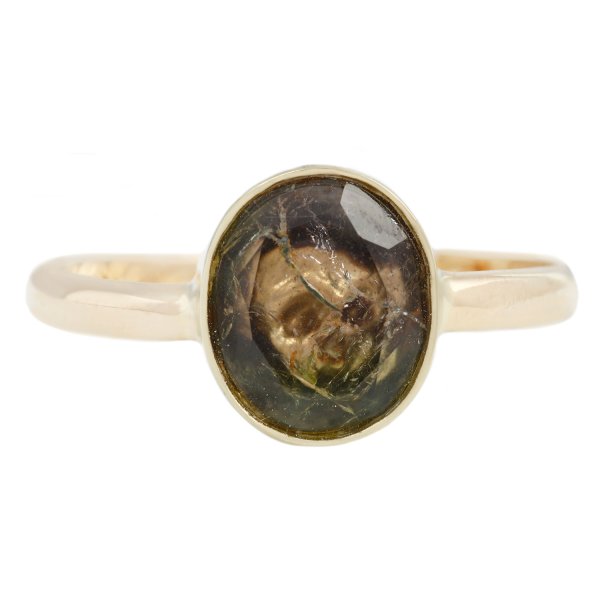
Devotion ring, 2021, 14k yellow gold, bicolor tourmaline, .39 x .35 in. Photo by Autumn Swisher.
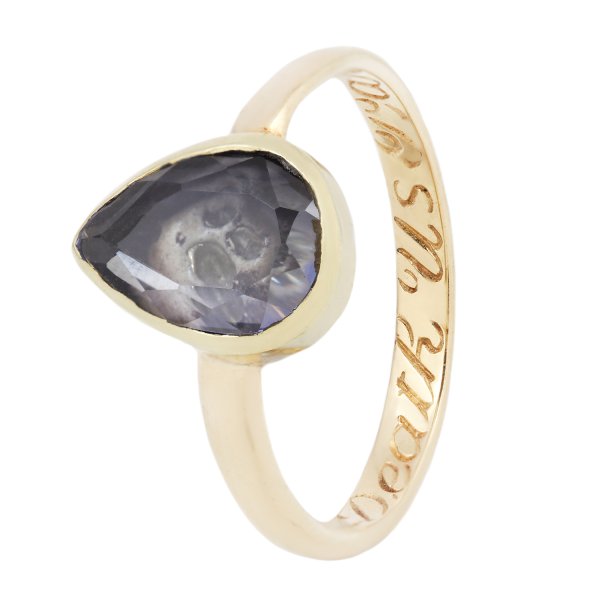
Devotion ring engraved with “Till Death Us Part,” 2021, 14k yellow gold, glass enamel, blue sapphire, .39 x .29 in. Photo by Autumn Swisher.
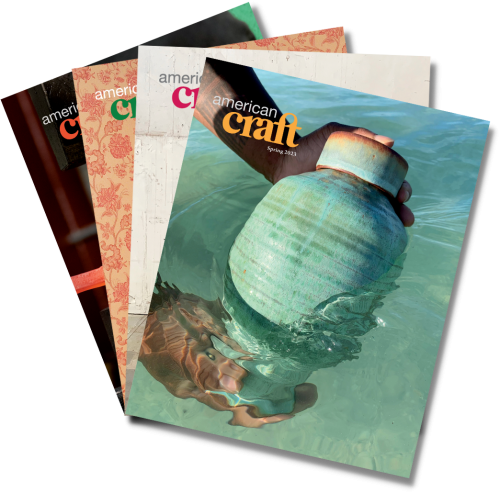
Discover More Inspiring Artists in Our Magazine
Become a member to get a subscription to American Craft magazine and experience the work of artists who are defining the craft movement today.


